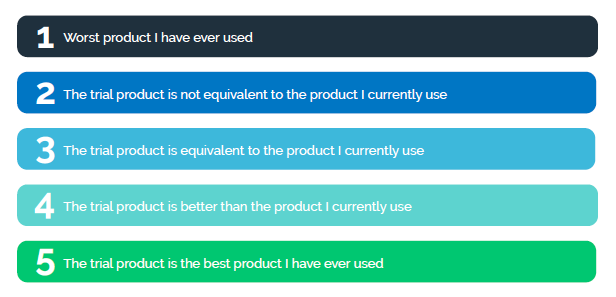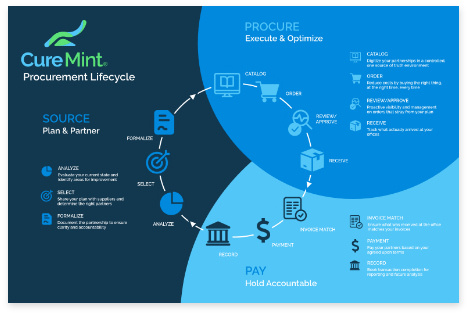At CureMint, we’re committed to driving down costs as we help your dental organization reshape its supply procurement strategy. In this blog series, we’ll guide you through nine easy steps to drive down your dental supply expenses so you can better manage your finances and become more profitable in the dental industry.
At this point in our nine-step process, we’ve been working mostly in the abstract. You’ve organized and reviewed a lot of purchase data, and you’ve negotiated with vendors and suppliers about the products used by your dental organizations. Now, we’ll apply all our conversations and research to real-world situations. It’s time to start clinical trials.
When it all comes down to it, you want to arrive at the best decision possible not just for your DSO’s bottom line but also for your clinical staff — after all; they are the ones who will use these products day in day out. Clinical evaluations ensure comfort and satisfaction with new products, but they also facilitate purchasing compliance to the updated formulary.
In the following steps, we’ll go over how to set up clinical trials, evaluate results, and decide which products your dental organization will use in the future. There may be tough conversations and compromises to be made in these steps, but they are essential to the process and the continued quality of care offered by your dental offices.
For now, we’ll start with how to conduct trials.
STEP FIVE: CONDUCT CLINICAL EVALUATION TRIALS
Think of your clinical staff at your different offices. Who’s on your A-Team? Which staff members have the best reputation? Who might have the best sense for a good deal? Which clinicians are the organizational leaders?
Keep a running list of folks who might fit this profile, as you’ll soon call upon them to conduct trials as part of your Clinical Evaluation Team (CET). The CETs will be the members of your dental offices who will test the products you’ve reviewed as the best choices for the Primary Formulary.
The makeup of your CETs might vary widely, and it’s all dependent on the size of your dental organization. Some CETs we’ve seen have consisted of 30 clinicians; others have been one sole doctor. Some teams might include dental hygienists and assistants, while other offices compose their CETs by picking doctors alone. A Chief Dental/Clinical Officer, if your organization employs one, serves well as the group leader, but often, a doctor heads up the team. Regardless of how you form your CET, do whatever you believe will be best for your organization.
There are other points to consider, as well. For one, don’t overload or under-staff your CET; that way, you’ll avoid too many conflicting opinions or a lack of score diversity. A CET too small might also negatively affect formulary compliance further on down the road.
Also, make sure you pick the most financially savvy team members. These clinicians serve as the driving force behind product consolidation, and they’ll most likely understand the stakes and reasoning behind your final decisions. They will prove to be helpful allies once you finalize product choices, both in conforming to the formulary and explaining your options to other staff members.
Once you’ve assembled your CET, the next natural step is to obtain samples of the trial-specific products. When doing so, do your best to avoid distributors and source directly from the manufacturer. Suppliers will likely send you free trials if they’re top contenders for your business, so try to secure these product samples without paying for them.
Now, trials may begin. While conducting the trials, make sure your team keeps track of their opinions of each product. The easiest way to do so is to distribute an evaluation form with a 1-to-5 ranking system, where 1 signifies the worst product put on God’s green earth, and 5 states it’s the best thing since intraoral scanners. Click here to download our CET Evaluation Form.

A few words of advice in closing: Do not rush this part of the process. Clinical trials may take some time, but trust us when we say that time will be worth it. You’ll come to the correct choice when you find that sweet compromise between the lowest price for your dental organization and the best product for your clinical team.
Keep a lookout for Part Six: Evaluating & Picking Winners from Clinical Trials
Related Blogs
Dental Procurement vs. Dental Supply Purchasing: What’s the Difference?
11.02.21
As dental practice owners and office managers look into their…
How to Get Started with Dental Spend Management When You Don’t Know Where to Start
09.30.21
For rapidly growing dental service organizations (DSOs), the…
Using Big Data to Lower Dental Supply Costs
09.28.21
As the dental market surpasses $150 billion and private…





